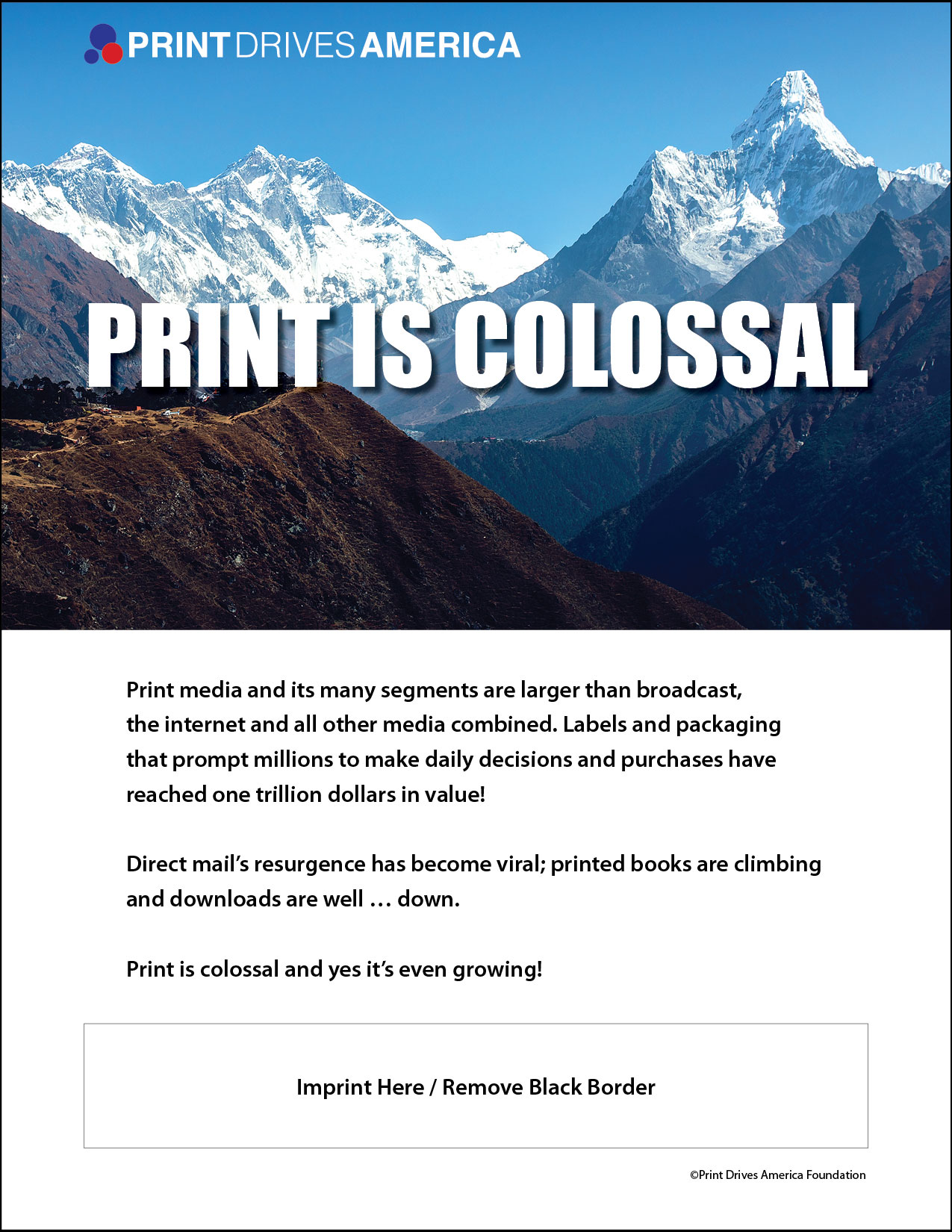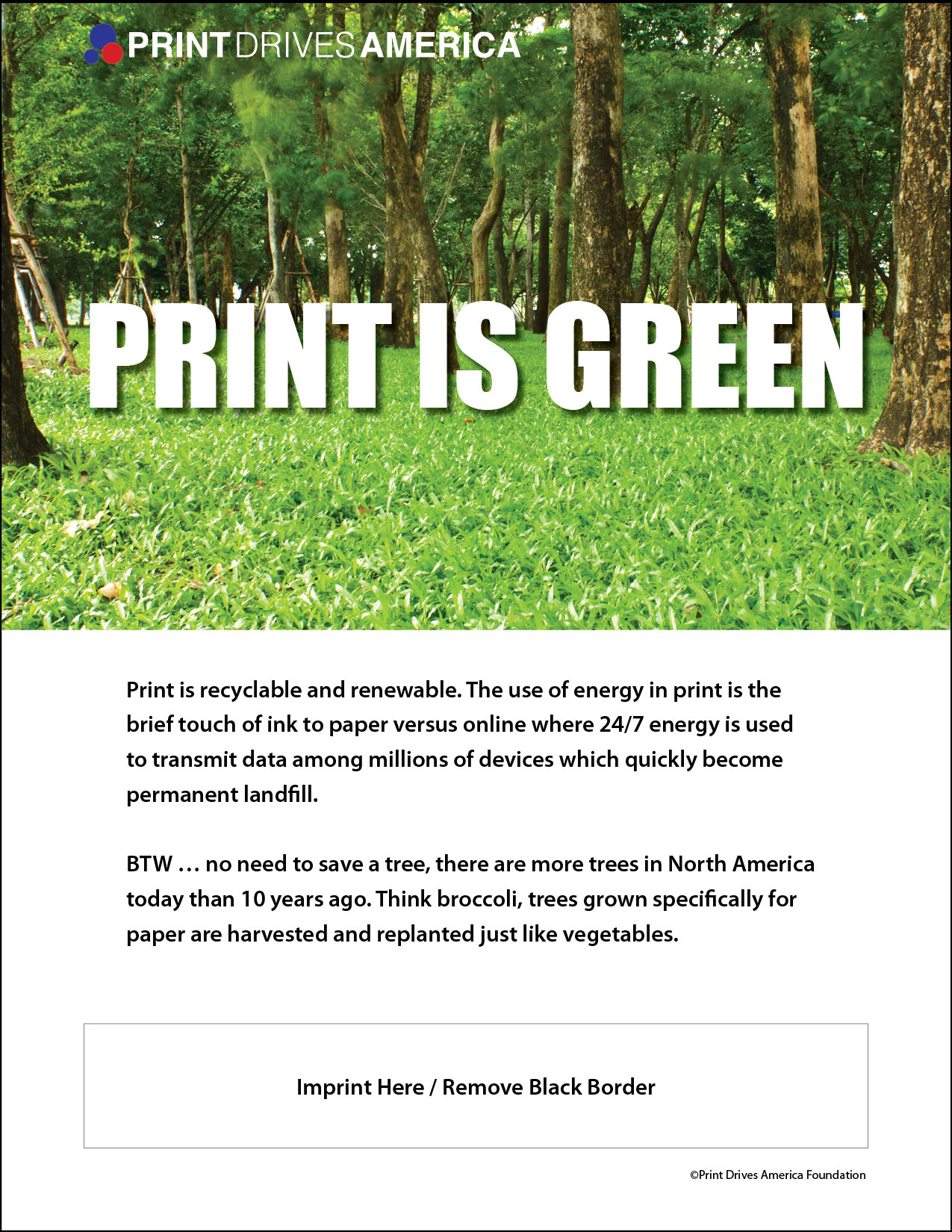By Gary Jones, Director, Environmental, Health, and Safety Affairs, PRINTING United Alliance
Every year, the Occupational Safety and Health Administration (OSHA) announces the most frequently cited workplace violations for the year. OSHA’s newest top 10 violations span the 2020 fiscal year (October 1, 2019–September 30, 2020).
OSHA’s annual list includes violations from several industry segments including construction and general industry, with printing falling under the latter. To provide more definitive direction for printing operations, the top 10 violations for printing were isolated from OSHA’s violation statistics.
The list below represents the top 10 violations for the printing industry:
1. Lockout/tag-out (29 CFR 1910.147) The lockout/tag-out regulation protects employees from unexpected machine startups or hazardous releases during servicing and maintenance. Failing to lockout equipment, have a written program and conducting annual inspections of machine-specific procedures are the most common violations.
2. Hazard communication (29 CFR 1910.1200) OSHA’s Hazard Communication Standard (HCS) requires information be communicated to employees about the chemical hazards they are exposed to and protective measures to ensure their health and safety. Common citations include not having a written program, safety data sheets for all chemicals, employee training and secondary container labels.
3. Machine guarding (29 CFR 1910.212) OSHA has several standards to protect employees from exposure to hazards such as ingoing nip points, point of operation, flying sparks and chips, and other moving components. This regulation requires that physical guards be provided to protect employees from exposure and contact the hazards associated with moving parts.
4. Personal protective equipment (29 CFR 1910.132) OSHA requires all employers to conduct a formal written workplace hazard assessment to determine what personal protective equipment is required to protect employees from injuries. In addition, employers are required to provide personal protective equipment and provide employee training in its proper use. Failure to conduct the assessment and certify it is a commonly overlooked requirement.
5. Powered industrial trucks (29 CFR 1910.178) Employees that operate forklifts or other industrial-powered vehicles such as pallet jacks must be initially trained, certified, and reevaluated every three years. Safety violations include improper vehicle use, lack of training and failing to recertify operators every three years.
6. Electrical safety (29 CFR 1910.305) This is one of several OSHA regulations addressing electrical safety and includes access to breaker boxes, breaker identification and guarding. Common violations under this standard involve blocked access to breaker boxes, open breakers, missing knockouts in junctions or breaker boxes, and no or incomplete labeling of breakers.
7. Electrical safety (29 CFR 1910.303) This regulation addresses methods, components, and equipment. Common violations under this standard involve the use of extension cords, power strips, improper pendant drops and frayed wiring.
8. Fire Prevention Plan (29 CFR 1910.39) Not having a written fire prevention plan listing of all major fire hazards, proper handling and storage procedures for hazardous materials, potential ignition sources and their control, the type of fire protection equipment necessary to control each major hazard and employee training made it into the top 10. Companies with 10 or fewer employees can communicate the requirements verbally.
9. Portable fire extinguishers (29 CFR 1910.157) There are specific requirements for the placement, mounting, access and maintenance of portable fire extinguishers. Common violations include blocking access to fire extinguishers, not having them checked annually and not providing annual training for employees expected to use them.
10. Machine guarding (29 CFR 1910.219) OSHA has several standards protecting employees from exposure to hazards from power transmission components found on equipment including pulleys, flywheels and drive shaft. Failure to provide a physical guard to prevent employee contact with these moving machine parts is a common violation.
10. Respiratory protection (29 CFR 1910.134) If respirators, other than dust masks, are to be provided to employees, there are specific steps that must be followed. Failing to establish a written respiratory program was one of last year’s most common violations, followed by the failure to provide proper medical evaluations to those using respirators.
For fiscal year 2020, you will notice that there was a tie for number 10 between machine guarding and respiratory protection. They both had an equal number of citations. Violations of the lockout/tagout standard (machine safety) remained at the most frequently cited standard followed by hazard communication (chemical safety) violations. The most cited violations under the hazard communication standard are the lack of a written program, no employee training, not having Safety Data Sheets for all chemicals, and no secondary chemical container labeling.
Due to the types of injuries associated with equipment such as amputations, the violations for not meeting the requirements for lockout/tag-out and machine guarding remain common. For lockout/tagout, the lack of a written program, energy control procedures and employee training were not being met.
Given the serious nature of these violations, the average penalty remains high in the $7,000–$10,000 range for each violation. Electrical safety violations such as using extension cords and power strips to run equipment are also quite common and are easily addressed given that the average penalty range is $3,000–$5,000.
When conducting an inspection, OSHA tends to find multiple violations, and the citations can be very costly. Even though OSHA can reduce penalties for small businesses, many citations for printing operations will start with a total penalty range of $35,000–$40,000. The penalties can be much higher for larger operations.
The top 10 list gives you an effective way to review your safety program whether you are just putting one together or have had one in place for many years. Focusing your safety program to address these common deficiencies will help prevent injuries, citations, and penalties.
For more information, contact:
Tim Freeman, President
Print & Graphic Communications Association
tim@printcommunications.org
Office: (716) 691-3211
Cell: (716) 983-3826




